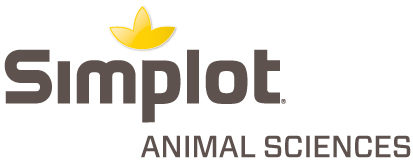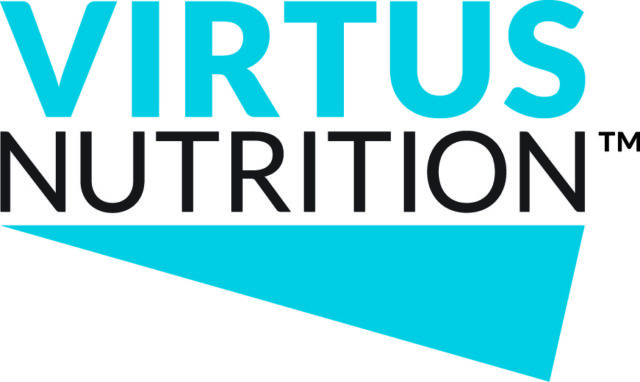Properly identifying uterine diseases like metritis and developing effective treatment protocols can be a bit of a challenge for dairy farmers and their management teams.
Metritis can have significant negative effects on dairy cow productivity and reproductive performance, so you want to be vigilant in dealing with the disease. But the criteria and protocols to diagnose metritis are not consistent, making effective treatment choices difficult at times.
Bacterial burden
It seems that most, if not all, dairy cattle have bacterial contamination of the uterus for two to three weeks after calving. But not all cows get sick, and it’s not always straightforward to determine what a cow’s physical signs tell you, let alone create an action plan.
The same immune system mediators appear to be involved in healthy cows and those that develop disease. The difference lies in the magnitude, duration and effectiveness of the cow’s response.
About 10 to 20 percent of cows develop metritis (systemic illness with fetid vulvar discharge and fever, mostly three to nine days after calving).
The situation gets even more complicated when you consider:
- Approximately 15 percent of cows have purulent vaginal discharge (PVD) one month after calving.
- About 15 percent to 40 percent of cows have cervicitis (inflammation within the cervix based on cytology results) approximately one month after calving.
- And 10 percent to 30 percent of cows have endometritis (inflammation of the uterine lining based on cytology) between one and two months after calving.
Although each of these reproductive tract diseases is distinct and may occur alone, affected cows commonly have more than one of these problems during the postpartum period.
When studied together in the same cows, 37 percent had at least one of metritis, PVD or endometritis and 56 percent had endometritis or cervicitis by five weeks postpartum.
Retained placenta and metritis contribute to these latter reproductive diseases, but many affected cows did not have problems at calving or metritis. Cows with PVD or endometritis do not show visible signs of illness but have 20 to 30 extra days open.
The increased risk of all forms of reproductive tract disease is due in part to reduced immune function and impaired regulation of inflammation from approximately two weeks before, to three weeks after calving.
Plus, the severity of concurrent insulin resistance, reduced feed intake, negative energy balance and weight loss also contribute to the degree and duration of a cow’s reduced immune defense.
Metritis symptoms
Briefly, metritis may practically be identified based on at least two of these: fetid discharge, fever and signs of systemic illness (dullness, poor appetite or decreased milk production). However, the evidence base for this working definition and the consistency of application of valid diagnostic criteria are weak.

Monitoring rectal temperatures for seven to 10 days postpartum may increase metritis diagnosis rates. If you do so, this practice should not be the sole basis for treatment with antibiotics.
Instead, routine, systematic screening of fresh cows is likely useful to increase early detection of health problems, especially in large herds. It is most useful in conjunction with other assessments including cows’ attitude, appetite, ketosis status (once or twice weekly), rumination and displaced abomasum.
All of this is predicated on proper training and experience of personnel, as well as facility design for efficient operation.
What to do?
Currently, metritis treatment is based on the administration of systemic antibiotics. Although it intuitively makes sense, the addition of anti-inflammatory treatment has not been shown to provide an incremental clinical benefit.
Data exist to support systemic treatment of cows having metritis with ceftiofur or ampicillin, but clinical cure is only around 75 to 80 percent – and impacts on subsequent health and reproductive performance are unclear. It is imperative to work with your herd veterinarian to establish and monitor metritis treatment protocols that are effective and respect rules for judicious and approved use of antimicrobials.
Presently, there are few management practices or interventions that can be supported specifically to prevent metritis or endometritis.
Based on current understanding of these diseases, the general objective is to support and maintain innate immune function and reduce risk that the inevitable inflammation and bacterial contamination after calving progresses to metritis, PVD or endometritis.
Excessive negative energy balance and circulating free fatty acid (NEFA) concentrations and excessive insulin resistance contribute to a state of metabolic inflammation that may actually impair neutrophil function.
Ultimately, a balance between bacterial infection of the uterus during the weeks after calving and the effectiveness of the immune and inflammatory response to it determines whether cows have reproductive tract diseases.
New understanding of links between metabolism and inflammation may lead to better approaches to prevent reproductive disease by nutrition, management and more targeted therapies.
Therefore, use thoughtful selectivity to develop treatment protocols for metritis. More widespread diagnosis of PVD at approximately one month after calving is likely an area of opportunity in many herds.
More field research is needed to refine treatment selection criteria and assess antimicrobial resistance, animal welfare and economic implications of treatments. ![]()
Stephen LeBlanc is also president of the Dairy Cattle Reproduction Council.
PHOTO: Post-calving uterine diseases are often compounded by a second infection that can hamper both milk production and reproduction. Photo by Jenna Hurty-Person.

-
Stephen LeBlanc
- Population Medicine
- University of Guelph
- Email Stephen LeBlanc
Tips to reduce reproductive diseases
Use the following management recommendations and monitoring targets to reduce the risk of reproductive tract disease in your herd:
Management recommendations:
- Formulate rations that meet, but do not exceed, dietary energy requirements of cows in the “far-off” dry period (eight to three weeks before calving).
- Provide unrestricted feedbunk access (all cows able to eat at the time of fresh feed delivery).
- Provide adequate lying space so cows can lay down 11 to 12 hours per day (at least one freestall per cow or 120-square-feet of bedded pack per cow).
- Minimize pen moves and social group changes.
- Plan facility size so dry cow and fresh pens are approximately 130 percent to 140 percent of the expected average number of calvings per month to accommodate fluctuations in maternity area needs.
- Provide heat abatement when the temperature-humidity index exceeds 68.
- Manage nutrition so cows calve with a body condition score (BCS) of 3.0 to 3.5 (on the five-point scale) and maintain a minimum BCS of 2.5.
Monitoring suggestions and targets:
- Monitor blood NEFA (non-esterified fatty acid) levels. Optimal results should be lower than 0.4 mmol/L during the week before expected calving.
- Monitor blood BHB (beta-hydroxybutyrate) levels. Optimal results should be lower than 1.1 mmol/L during the first week after calving and lower than 1.4 during the second week after calving.




